
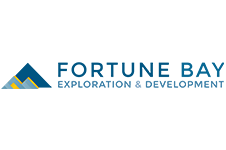
Investor Insight
A cycle-aware gold developer-explorer focused on value creation at the steepest part of the Lassonde Curve – pairing a de-risked Canadian gold project with transformational discovery potential in Mexico, and overlaying partner-funded uranium exposure.
Advancing community partnerships in both jurisdictions underpin the strategy, ensuring responsible advancement and alignment with stakeholders.
With a tight share structure and disciplined approach, Fortune Bay is positioned for multiple near-term catalysts as capital flows back into quality juniors.
Overview
Fortune Bay (TSXV:FOR,FWB:5QN,OTCQB:FTBYF) is a technically driven gold exploration and development company whose strategy is to create value at the steepest part of the Lassonde Curve. The company advances assets through discovery, resource expansion and early-stage development, then seeks monetization routes (sales, JV buyouts, M&A, royalties or equity) before the project enters capital-intensive build phases. This cycle-aware approach aims to maximize per-share value while minimizing dilution.

The current portfolio spans two 100-percent-owned gold projects – Goldfields in Saskatchewan, Canada, and Poma Rosa (formerly Ixhuatán) in Chiapas, Mexico. These projects are complemented by three uranium assets in Saskatchewan – Murmac, Strike and The Woods – that are being advanced under partner funding.
In 2025, Fortune Bay entered into an agreement with Cormark Securities Inc., as lead underwriter and sole bookrunner, for a “bought deal” private placement totaling C$8,000,071. Proceeds of the placement will help accelerate permitting and pre-feasibility work at the Goldfields Gold Project, launch exploration at Poma Rosa, and support ongoing growth and operations.
Overall, Fortune Bay’s business strategy blends a de-risked development asset (Goldfields) with transformational discovery potential (Poma Rosa), and non-dilutive uranium exposure, positioning the company for multiple catalysts and potential re-rating as market capital flows into quality juniors.
Company Highlights
- Cycle-smart model: Advancing projects through discovery, resource expansion and early-stage development, then monetizing before the capital-intensive build phase.
- Poma Rosa Project (Mexico): Historical gold resource at Campamento (1.04 Moz measured and indicated; 0.70 Moz inferred) sitting atop an untested porphyry system – offering both near-term ounces and discovery blue-sky; community re-engagement progressing to enable exploration restart. Historical estimate, not treated as current under NI 43-101.
- Uranium optionality, non-dilutive: Advancing Murmac & Strike (optioned to Aero Energy) and The Woods (optioned to Neu Horizon) under partner capital while Fortune Bay remains operator, leveraging uranium expertise, offsetting overhead and preserving discovery upside and exposure to uranium market tailwinds.
- Strong leadership: Led by discovery-driven geologists and capital-markets veterans with a track record of building and monetizing companies.
- Fully Funded: Fortune Bay raises C$8.0 million in a bought deal with Cormark Securities.
Key Projects
Goldfields Project

Located in Saskatchewan, Canada, Goldfields sits in one of the world’s top mining jurisdictions with road access, nearby hydropower, historical mining infrastructure and well-advanced permitting groundwork. The project’s 2022 preliminary economic assessment (PEA) outlined 101 koz/yr average production over 8.3 years with C$234 million initial capex and life-of-mine all-in sustaining cost of US$889/oz (base case US$1,650/oz), with strong sensitivity to higher gold prices.
In 2025, Fortune Bay released an updated preliminary economic assessment (PEA) for the Goldfields project in Saskatchewan, outlining a sub-5,000 tpd open-pit mine designed to leverage existing infrastructure and permits. At a base gold price of US$2,600/oz, the project delivers an after-tax NPV5 percent of C$610 million and a 44 percent IRR, rising to C$1,253 million NPV and 74 percent IRR at spot gold (~US$3,650/oz). The plan includes a 13.9-year mine life with 896,000 ounces of payable gold, cash costs of US$1,207/oz and AISC of US$1,330/oz, supported by an initial capex of C$301 million. With 97 percent of ounces in the mine plan classified as indicated and additional upside from expansion drilling, the project demonstrates both low risk and strong growth potential.

An updated mineral resource estimate (MRE), effective September 11, 2025, was completed as part of the updated PEA to account for a slightly lower cut-off grade reflecting higher gold prices. The resources are constrained within a conceptual open-pit shell. Prepared by SRK Consulting (Canada) in accordance with CIM Guidelines and NI 43-101, this MRE replaces the previous estimate dated September 1, 2022. SRK used the same resource estimation procedures and also developed the supporting mineralization models, which were informed by structural and petrographic studies.
The MRE reconciles to within 1 percent of historical mine production at Box when the historically reported process plant recovery of 96 percent is applied, providing additional confidence in the estimate.
Poma Rosa Gold-Copper Project
In Chiapas, Mexico, Poma Rosa hosts the Campamento epithermal gold-silver system with a historical resource of 1.04 Moz gold, measured and indicated, and 0.70 Moz gold inferred, and sits above a large, under-evaluated copper-gold porphyry system evidenced by broad mineralized intercepts, including 601.4 m @ 0.3 percent copper, 0.7 g/t gold and 2.7 g/t silver at Cerro La Mina, and multiple target areas across the tenement.

Fortune Bay is re-establishing community relationships to enable exploration agreements and a restart of field programs, with a pathway that includes updating the historical resource to current NI 43-101 standards and testing porphyry/skarn targets. The Campamento estimate is historical and not treated as current.
Uranium Portfolio
The Murmac and Strike projects are optioned to Aero Energy, while The Woods is optioned to Neu Horizon. Together, they cover more than 60,000 hectares on and near the Athabasca Basin’s northern rim, targeting shallow, basement-hosted high-grade deposits. Drilling at Murmac/Strike has confirmed Athabasca-style mineralization with multiple shallow uranium intercepts. Meanwhile, The Woods offers district-scale potential along the Grease River Shear Zone with extreme surface/lake-sediment uranium anomalism. Fortune Bay remains the operator for these assets, while partners fund exploration, generating non-dilutive income and preserving discovery leverage.
Management Team
Wade Dawe – Executive Chairman
Wade Dawe is an accomplished entrepreneur, financier and investor . He has founded or co-founded a number of successful companies, including Keeper Resources, which was sold for $51.6 million in 2008, and Brigus Gold, which was acquired by Primero Mining in 2014 in an all-share deal valued at $351 million. Dawe is currently a director of TSX-listed Pivot Technology Solutions and of TSXV-listed kneat.com. He holds a Bachelor of Commerce degree from Memorial University (MUN), where he serves on the Advisory Board to the Faculty of Business Administration.
Dale Verran – Chief Executive Officer
Dale Verran is an exploration geologist and mining executive with over 25 years of international experience. He has a track-record of successful project generation, discovery and project advancement, in both Africa and Canada. Prior to joining Fortune Bay, Verran served as vice-president, exploration for Denison Mines, where he was involved in the discovery of over 70 million pounds of U3O8. He is a former executive technical director for a large independent exploration group operating in Africa, Remote Exploration Services, and former exploration manager for Manica Minerals, a private prospect generator company with an extensive multi-commodity portfolio of projects in Africa.
Sarah Oliver – Chief Financial Officer
Sarah Oliver has more than 10 years of experience working in the accounting and finance industries – most recently as the chief financial officer of the predecessor company to Fortune Bay. She worked with PwC Canada in their consulting and deals group and then in their assurance practice, as a senior manager where she assisted her clients through various acquisitions and mergers, public and private financings and advising on accounting policy and control implementation. Oliver has been a chartered professional accountant, chartered accountant since 2007.
Gareth Garlick – VP Technical Services
Gareth Garlick has approximately 25 years of international experience in the mining and mineral exploration industry. He is experienced in all aspects of the mining cycle, ranging from grassroots exploration to resource estimation and resource reconciliation on producing mines, and has been overseeing all of Fortune Bay’s operational and development-related work. Garlick is a registered P.Geo (EGBC) and holds a Bachelor of Science (Honours) in Geology from the University of Cape Town.

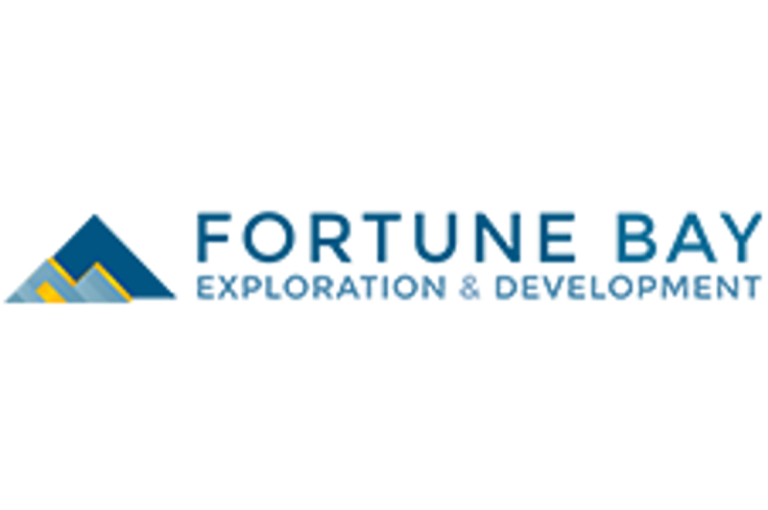







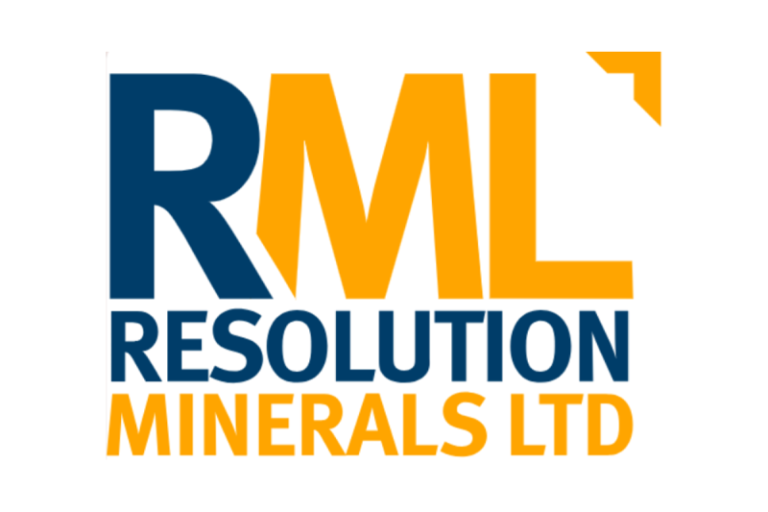

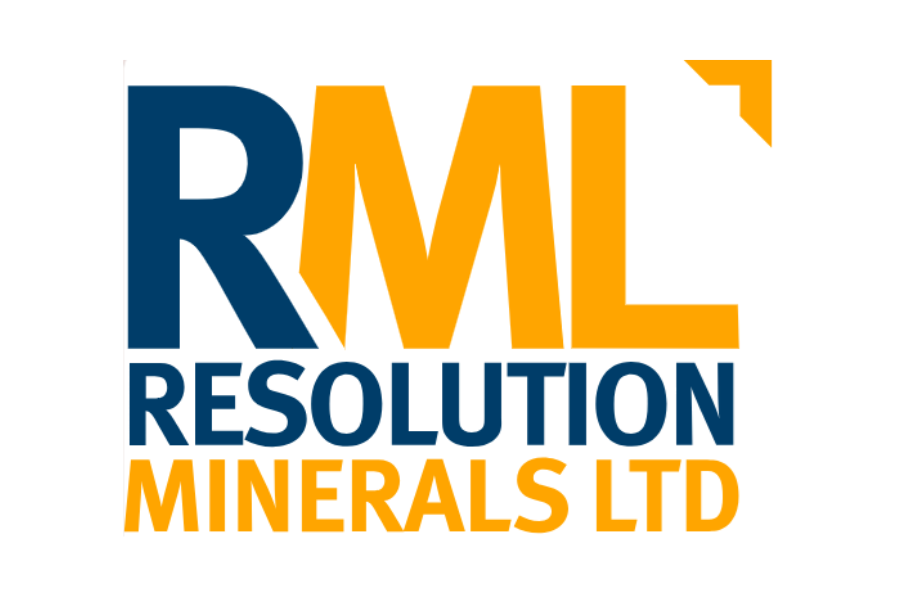
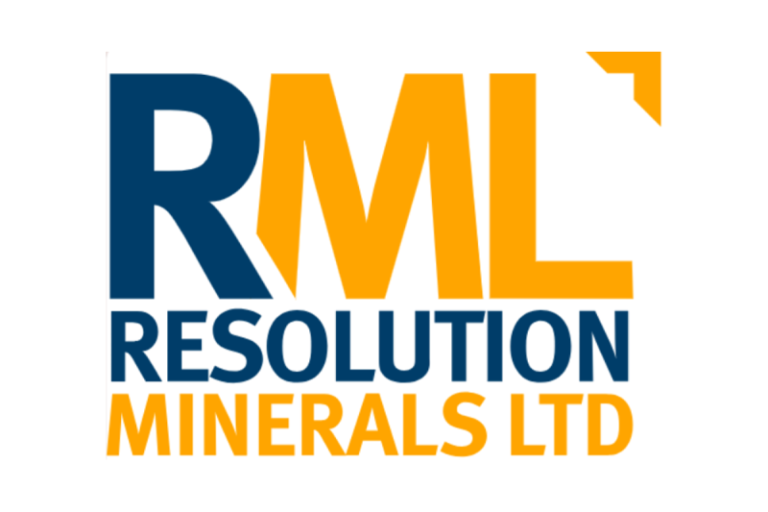
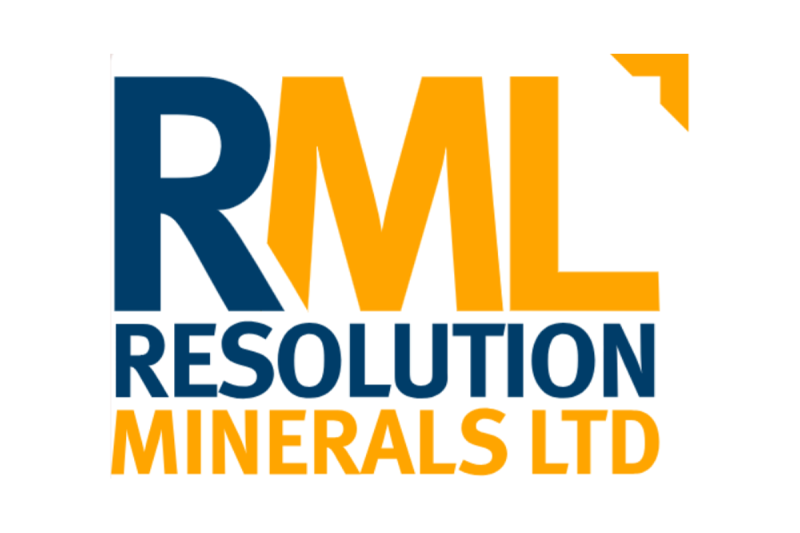
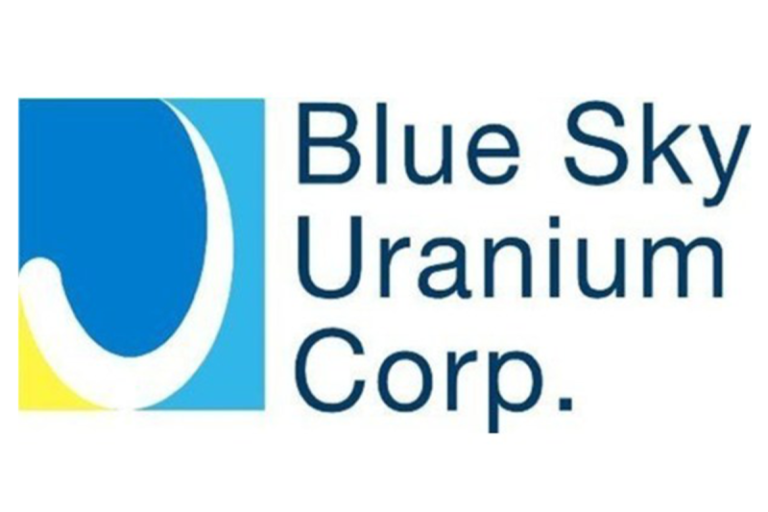



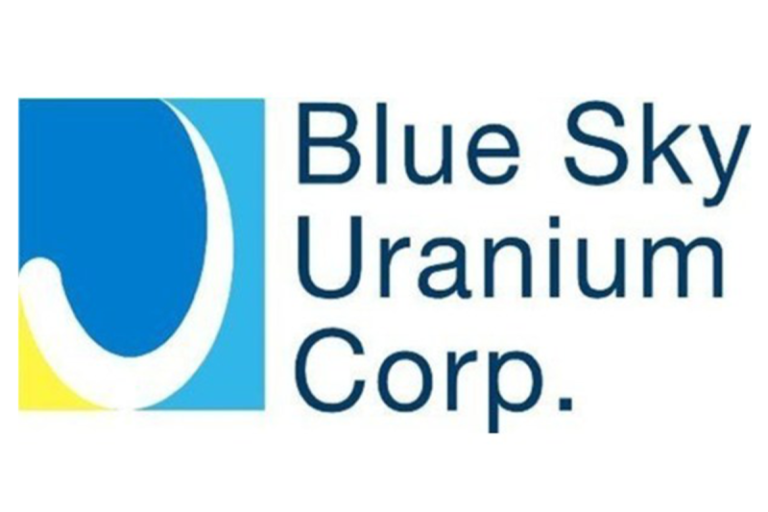
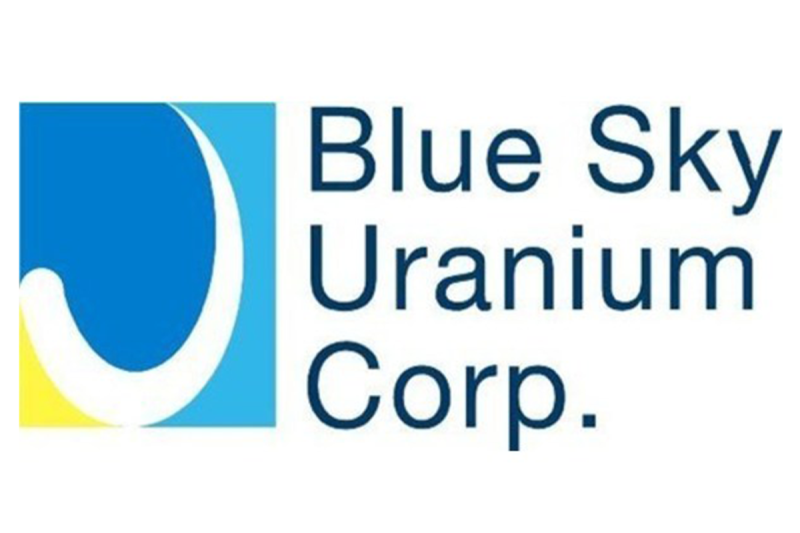






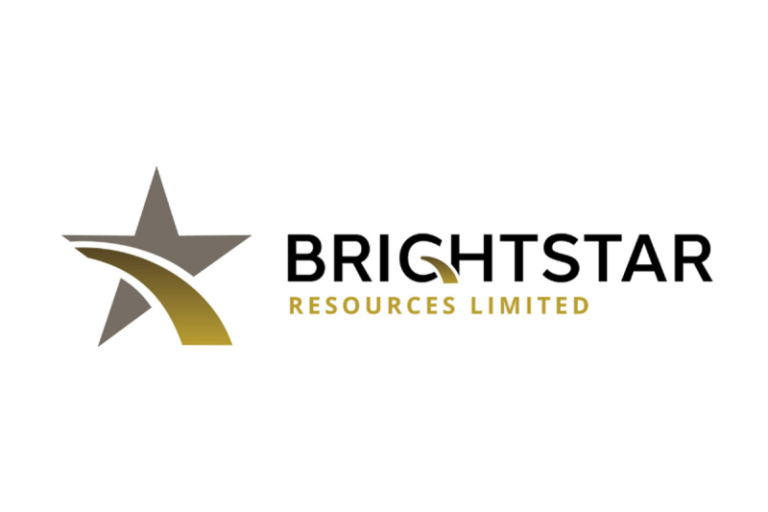

 Brightstar Resources (BTR:AU) has announced BTR strengthens leadership team to drive production growth
Brightstar Resources (BTR:AU) has announced BTR strengthens leadership team to drive production growth